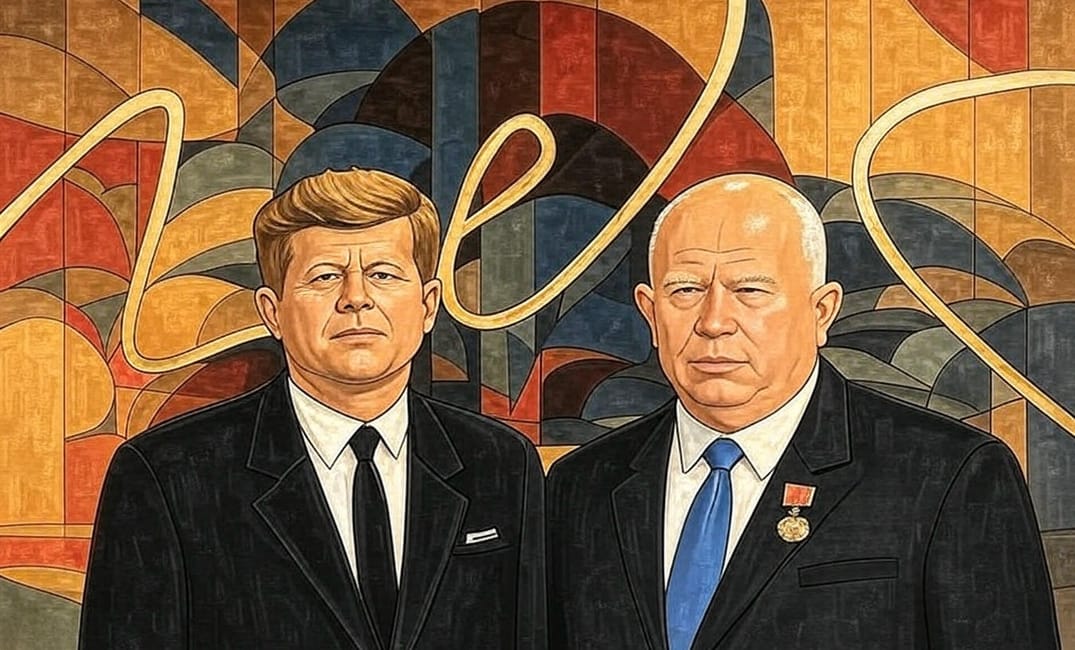Table of Contents
Let’s rewind to October 1962, when the United States and the Soviet Union, two swaggering Cold War prizefighters, took off the gloves and went nose-to-nose in the most testosterone-drenched staring contest in modern history — the Cuban Missile Crisis. For 13 white-knuckled days, the world sat helpless while these two nuclear-armed gorillas played poker with live warheads.
How We Got Here: Blame Everyone
The crisis kicked off on Cuba, a country that had the bad luck of being too close to Florida and too cozy with Karl Marx. After the 1959 Cuban Revolution, Fidel Castro booted out the old American lapdog Fulgencio Batista and swapped him for a beard, a cigar, and a copy of Das Kapital.
Naturally, the CIA lost its collective mind. Washington, in classic sore-loser fashion, responded by throwing every passive-aggressive trick in the book: economic sanctions, espionage, failed invasions, and a healthy dose of Cold War name-calling. Meanwhile, Latin American countries like Honduras and Paraguay, eager to win Teacher’s Pet with Uncle Sam, cut ties with Havana faster than you can say “sugar embargo.”
But here’s the rub: Cuba was 90 miles from Miami — a political stone’s throw away — and now it was a cozy satellite of Soviet communism. To Washington, that was like waking up and finding a Kremlin missile base in your neighbor’s backyard. Cue the national panic.
Turkey: The Part Nobody Talks About
While the U.S. public was freaking out over Soviet missiles in Cuba, someone forgot to mention that America had already stuck 15 medium-range ballistic missiles right in Izmir, Turkey, aimed squarely at Moscow’s skull. The missiles were part of a little NATO “insurance policy” — or, as the Soviets saw it, a giant middle finger across the Black Sea.
This brilliant diplomatic hypocrisy was the match tossed on the powder keg.
Operation "Anadyr": Khrushchev Rolls the Dice
Not to be outdone in the international dick-measuring contest, Nikita Khrushchev decided, "You wanna play hardball? Fine. Let’s send nukes to Cuba."
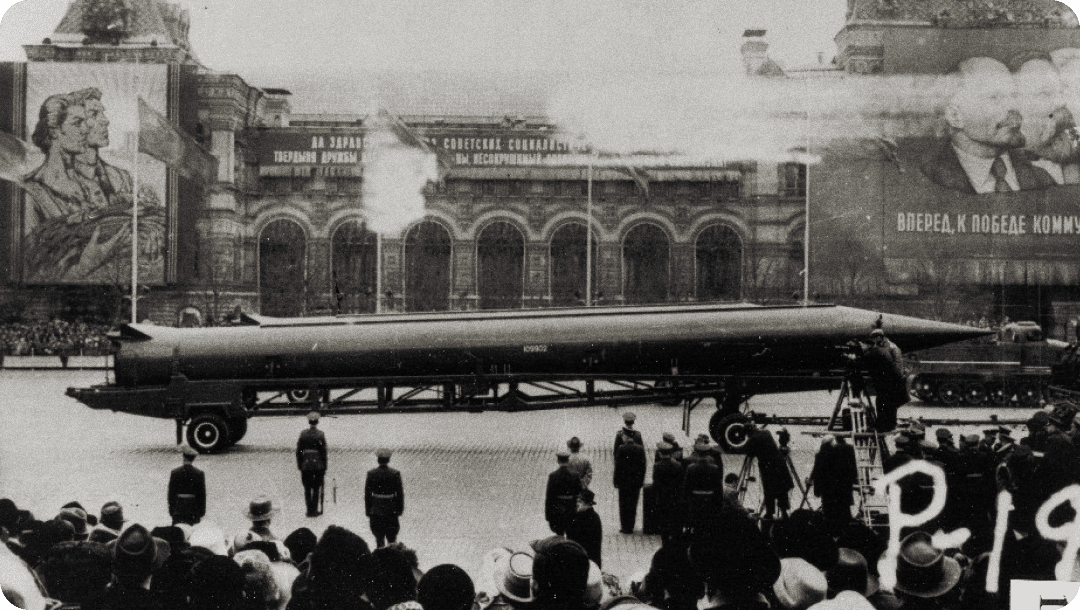
Enter Operation Anadyr — a so-called "secret" Soviet mission that involved shipping 40,000 troops and over 150 nuclear warheads to the island without bothering to check if maybe someone might notice. Spoiler: someone did.
U-2 Spy Planes and the Art of Being Obvious
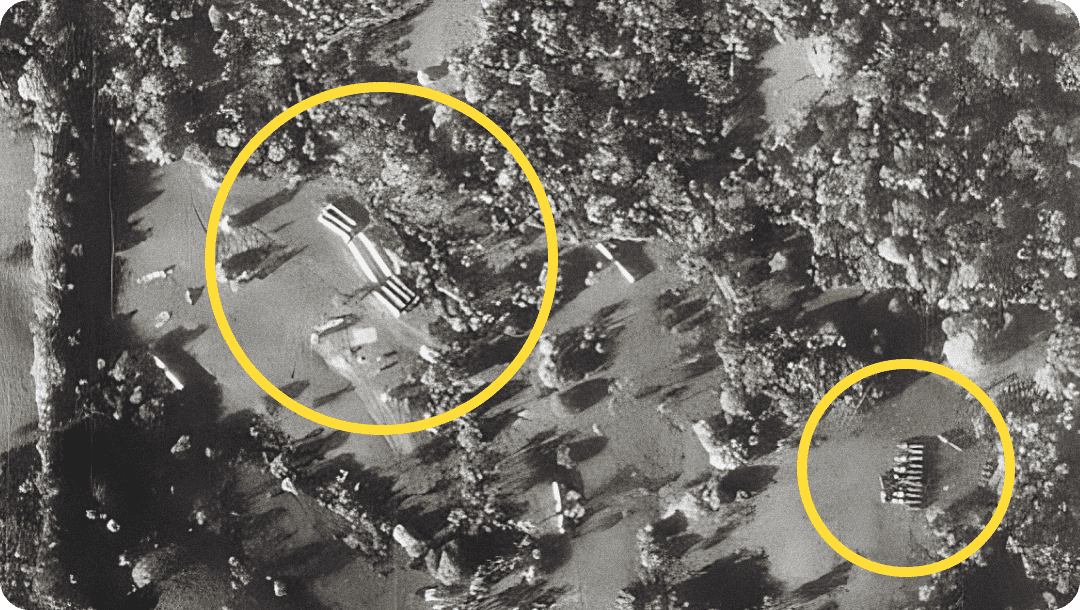
American U-2 spy planes, flying high and slow like the Cold War’s version of nosy neighbors, spotted missile installations on Cuba. The photographs landed on John F. Kennedy’s desk, and suddenly we were all living inside a real-time geopolitical horror film.
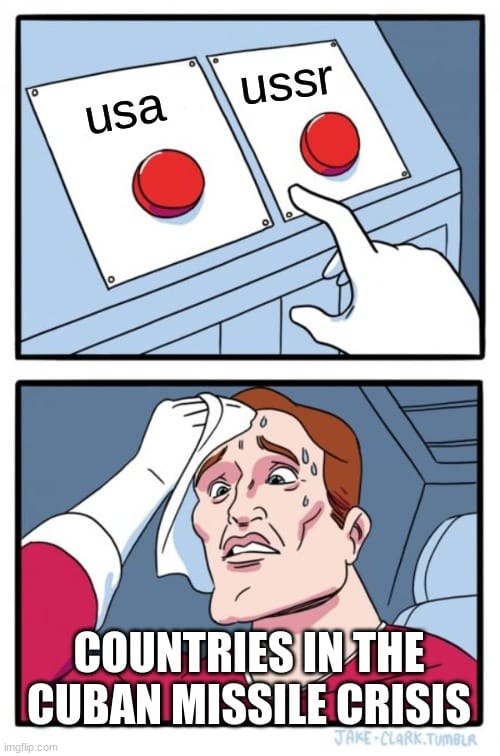
Enter the Executive Committee, a band of political hawks and military brass with the collective subtlety of a bar fight. Most of them wanted to go full Michael Bay — invade the island, bomb the sites, and kick off World War III. But JFK, a combat vet with an actual functioning brain, pumped the brakes. He knew that when you start lighting matches in a room full of gasoline, it’s not strategy — it’s suicide.
Instead, he went for a naval blockade — sorry, a “quarantine” (because blockade sounds too much like an act of war, and we wouldn’t want to upset anyone while we surround their country with battleships). The U.S. Navy circled Cuba like sharks, searching ships and banning all new military shipments. Cuba was now the geopolitical equivalent of solitary confinement.
October 27: Black Saturday — The Day We Almost Died
And then came Black Saturday — October 27, 1962 — the day everything nearly went up in radioactive smoke. An American U-2 plane was shot down over Cuba by Soviet surface-to-air missiles. This was exactly the kind of incident the Pentagon needed to greenlight Armageddon.
At the same time, the U.S. Navy dropped depth charges on a Soviet submarine (B-59). What they didn’t know — and here’s where things get wildly stupid — was that the sub had a nuclear torpedo, and its crew was seconds away from launching it.

And here enters the real hero of the story: Vasili Arkhipov, a Soviet officer with the spine of a statue and the wisdom of a monk. While the other officers screamed “Launch!”, Arkhipov said “Hell no.” Had he blinked, the East Coast would be glowing today.
Diplomacy, with a Side of Panic
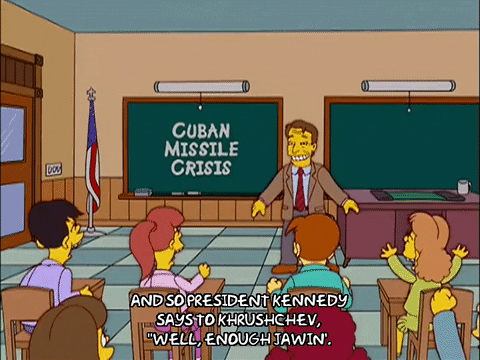
Finally, sanity called collect. While the world bit its nails down to the quick, Robert Kennedy met with Soviet Ambassador Anatoly Dobrynin to hammer out a deal. JFK promised not to invade Cuba, and in return, Khrushchev agreed to yank his missiles off the island. Oh — and by the way, the U.S. quietly agreed to pull its missiles out of Turkey, but only on the condition that nobody made a big deal about it. Because, you know, appearances.
On October 28, the deal was sealed. The blockade was lifted, the missiles were withdrawn, and the world exhaled.
What We Got: A Phone Line and a Hangover
Out of all this madness, we got a direct hotline between Washington and Moscow — a red phone that supposedly exists so that two drunk superpowers don’t kill each other by accident. The Cuban Missile Crisis stands as the ultimate case study in how bluff, ego, and brinkmanship can bring humanity within a hair’s breadth of annihilation.
And the moral of the story? Apparently, it takes a Soviet submarine officer, a president with PTSD, and a few lucky breaks to stop the world from ending when the grown-ups in the room are too busy measuring missile lengths.

